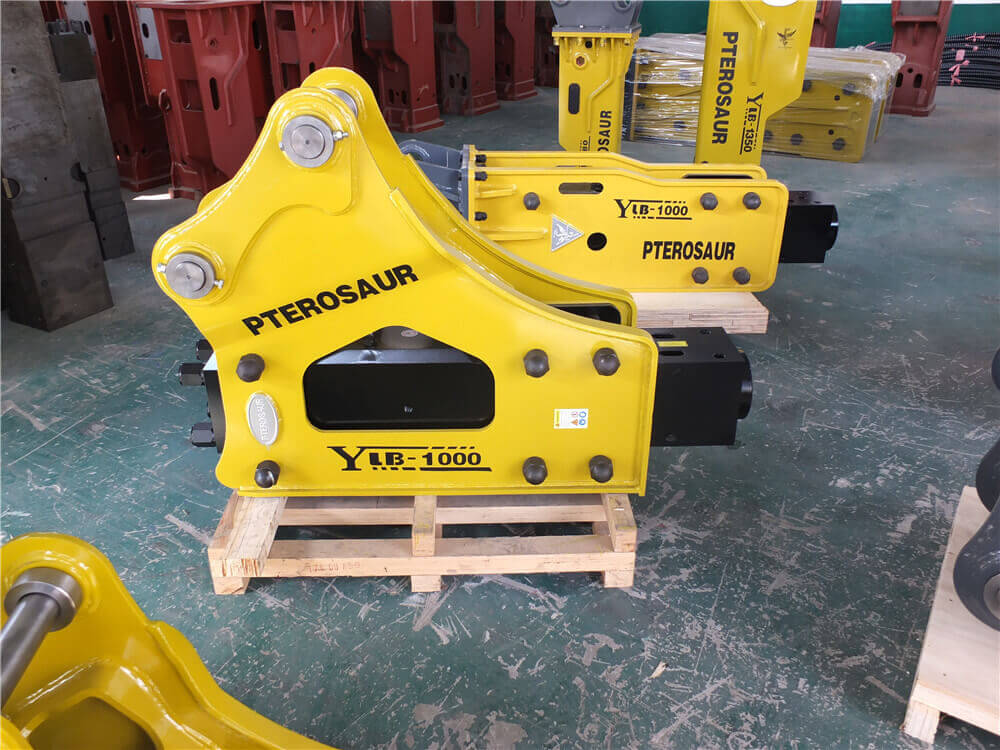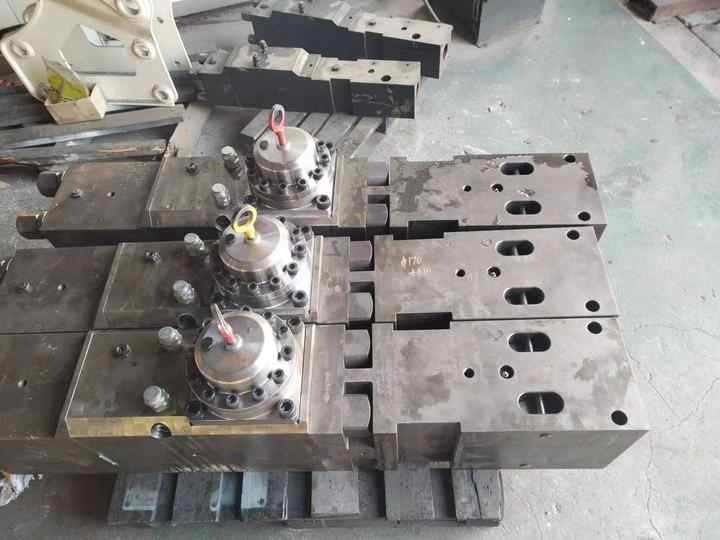Understanding Hydraulic Rock Breakers: Productivity and Selection Guide
Hydraulic rock breakers are essential tools in the construction and mining industries, designed to efficiently break rock and concrete. Their productivity is a significant factor that determines their effectiveness in various applications. This article delves into hydraulic rock breaker productivity rates, selection criteria, and the technology behind these powerful machines.
What is Hydraulic Breaker Productivity Rate?
The hydraulic breaker productivity rate refers to the volume of rock or stone that a breaker can process within a specific time frame, typically measured in cubic meters per hour (m³/hr). Understanding this rate is crucial when choosing the appropriate hydraulic breaker for a given job, as it directly impacts operational efficiency.
The formula for calculating the productivity rate considers various factors, including the type of material being broken (e.g., non-reinforced concrete, reinforced concrete, or hard rock). A study highlighted by JIANGTU shows varying productivity rates for these materials, emphasizing the need for thorough research before selecting a hydraulic breaker.
Key Factors in Choosing a Hydraulic Breaker
When selecting a hydraulic breaker, several factors must be considered to ensure optimal performance:
-
Material Type: Different materials yield different productivity rates. For instance, breaking through hard rock may require a more powerful breaker than working with softer materials.
-
Hydraulic System Capabilities: It’s vital to understand your hydraulic system’s capabilities, including pressure and flow rates, to select an appropriately sized breaker. The breaker size can greatly influence the overall productivity rate.
-
Application: The intended use of the hydraulic breaker also plays a crucial role in the selection process. Whether the breaker is being used for excavation, demolition, or road construction, choosing the right model can enhance performance and reduce downtime.
-
Technology: Advanced technology in hydraulic breakers can lead to improved efficiency and reduced maintenance. Manufacturers like Sandvik and Yantai Junheng continuously innovate to provide high-quality hydraulic breakers that meet industry demands.
Productivity Comparison: Hydraulic Breakers vs. Rippers
Research indicates that the productivity of hydraulic breakers can be significantly lower than that of mechanical rippers, particularly when dealing with hard rock. The analysis demonstrates that the ripper’s efficiency—dependent on the uniaxial compressive strength of the rock—can be two to five times higher than that of hydraulic breakers. This comparison highlights the importance of assessing the specific requirements of each project before making a decision.
Conclusion
Hydraulic rock breakers are invaluable tools in the construction and mining sectors, but their effectiveness hinges on understanding productivity rates and making informed selections. By considering factors such as material type, hydraulic system capabilities, and technological advancements, users can optimize their operations and achieve maximum efficiency. Whether you’re involved in excavating hard rock or demolishing concrete, taking the time to choose the right hydraulic breaker can lead to significant improvements in productivity and project success.
For those looking to invest in hydraulic rock breakers, brands like Sandvik and Jiangtu offer a range of options tailored to meet various needs, ensuring you can extract maximum value from your resources.




































